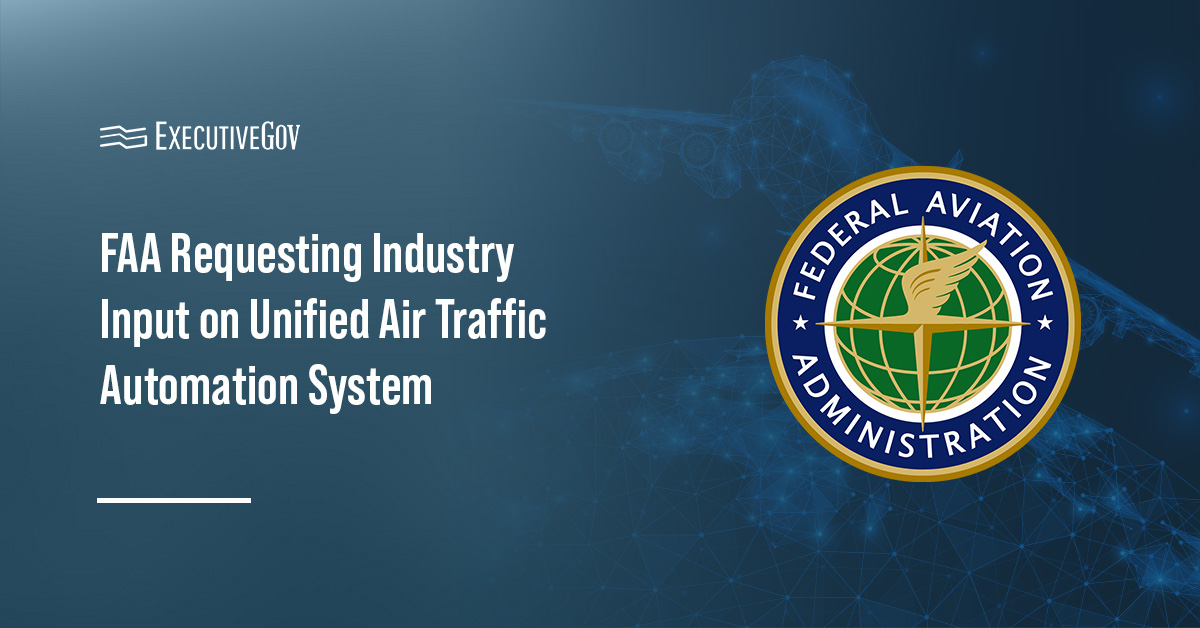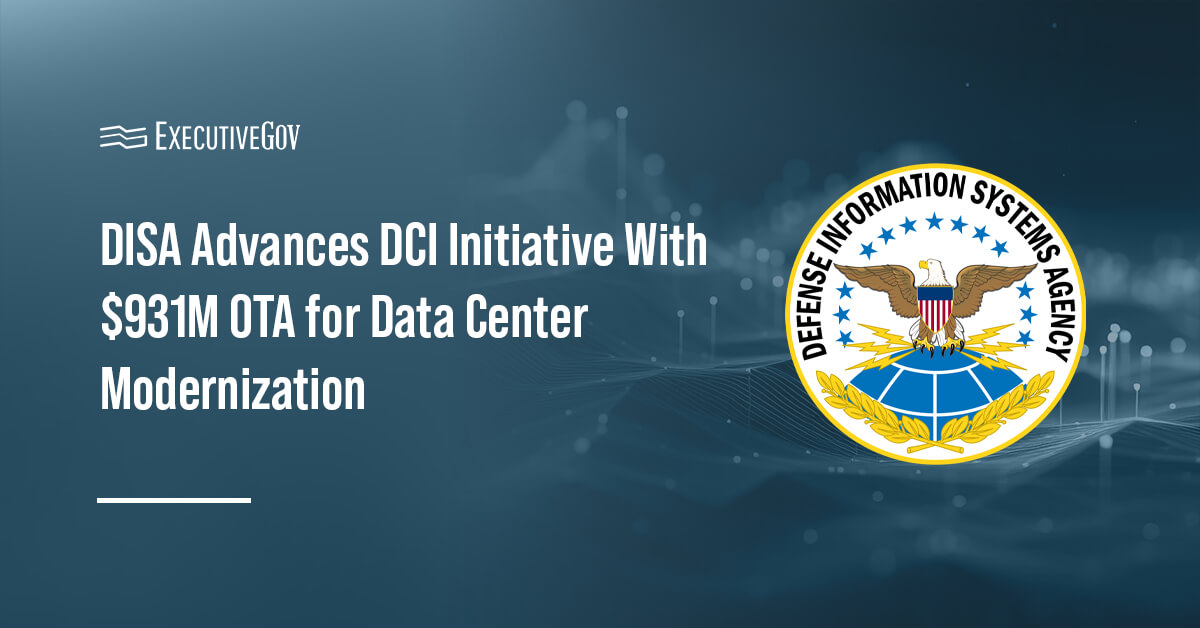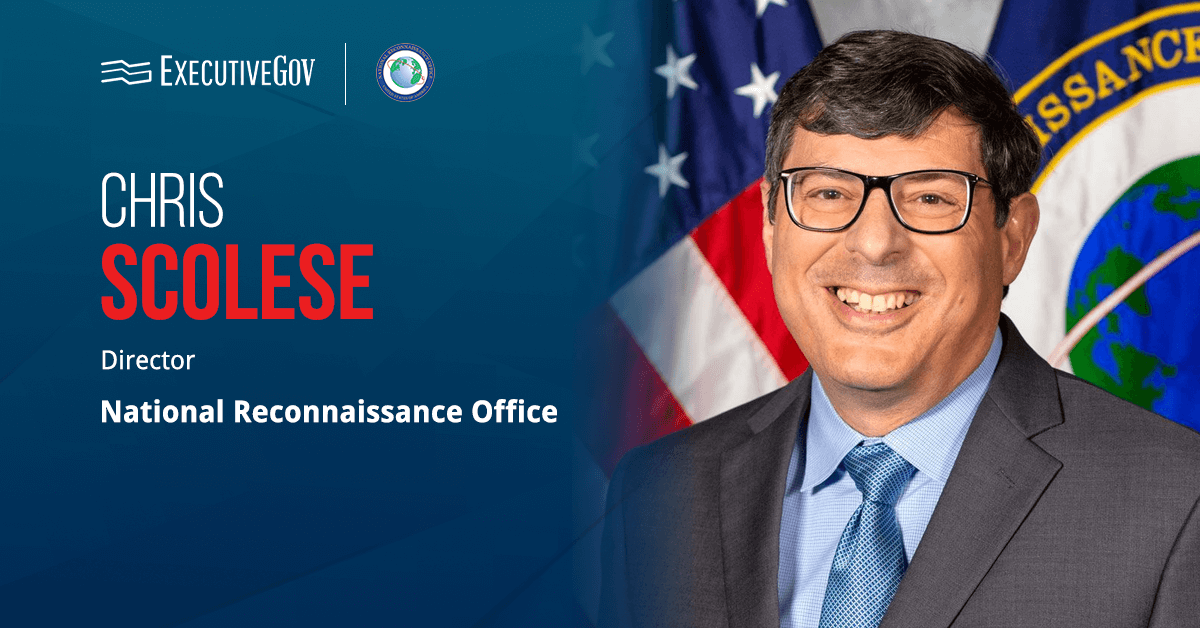The Federal Aviation Administration is seeking a Common Automation Platform, or CAP, that would give air traffic controllers access to flight data and facilitate the movement of aircraft from one facility to another.
Table of Contents
What Is FAA’s Common Automation Platform Plan?
The agency said Thursday that CAP will consolidate the En Route Automation Modernization, or ERAM, system and the Standard Terminal Automation Replacement System, also known as STARS.

FAA is not the only agency in the process of modernizing its legacy systems. Learn more about ongoing modernization initiatives across the government at the Potomac Officers Club’s 2026 Digital Transformation Summit on April 22. Purchase your tickets to the GovCon event here.
ERAM manages high-altitude traffic at 20 air route traffic control centers, while STARS handles flight tracking and coordination at terminal radar approach controls facilities and air traffic control towers.
In a request for information posted on SAM.gov Wednesday, FAA said it wants to hear input from industry about new technologies, procurement strategies, implementation structures and other considerations to enhance CAP. The agency is also open to proposed approaches that would re-architect ERAM and STARS or other existing automation systems.
Responses are due on Dec. 19.
According to FAA Administrator Bryan Bedford, CAP is intended to improve safety, reduce delays and support future airspace needs.
“Under this administration’s leadership, we’re going to give our hard-working air traffic controllers the technology they deserve at their fingertips,” he stated.
Why Is FAA Modernizing Its Air Traffic Control System?
The effort is part of the Department of Transportation’s plan to modernize its air traffic control system following a September 2024 report from the Government Accountability Office, which found that 37 percent of the FAA’s 138 air traffic control systems were rated unsustainable.
DOT already issued a proposal solicitation for a new air traffic control system and said it would select a prime integrator to oversee the project. The department said it will also use a new type of procurement contract to accelerate the process of hiring contractors.
DOT and FAA are aiming to deploy the new air traffic control system within three to four years.





